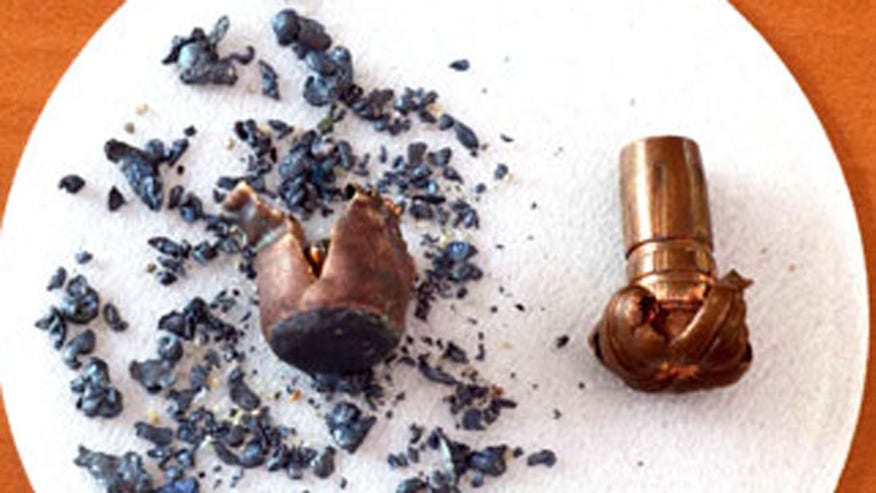
Control bleeding by placing pressure on the wound. If you're not the victim, make sure that the victim keeps completely still. Frangible bullets are sometimes known as Advanced Energy Transfer rounds, or AETs, and the Glaser Safety Slug is by far the most recognizable name. Move as far away from the shooter as you can. This target is anything harder than the bullet itself, which is usually made of composite materials that are pressed together with adhesives or formed under high pressure into a 'solid' bullet shape. While waiting for assistance, there are first-aid procedures you can follow: Ideally, anyone who has sustained a gunshot wound should receive medical attention within ten minutes. There is also likely to be much heavier bleeding. Where the bullet entered the body, there will be a reddish-brown area of scraped skin, and only a little bleeding.Īn exit wound is bigger, and is likely to push out tissue. It is easy to tell the difference between an entrance and an exit wound. An injury in which the projectile enters and exits. A wound can be both - for instance, a bullet can penetrate a part of the body (say, the head) and perforate, say, the skull or brain.Ī perforating wound creates an exit wound where the bullet leaves the body. A wound in which the projectile enters the cranium, but does not exit, is referred to as a penetrating wound. The location of the bullet fragments tells me two things, either the aiming of the suspect was focused on the wall which is where some of the fragments ended or that the bullet went through the victim ’s head and traveled to the wall. The first is when the bullet enters the body and stays inside in the second, the bullet passes through the body. Gunshot wounds are described as either "penetrating" or "perforating". Also, one cannot assume that a bullet travels in a straight line: for reasons explained below, its trajectory can be unstable, and internal damage can be much worse. Whether a gunshot wound is fatal depends on the type of gun used, the distance from which the bullet was fired and where on the body the victim was hit.Īccording to an article published in the NYU School of Medicine and Hospitals Journal, bullet wounds can range from small to huge depending on these factors. Although temporary cavitation lasts for less than a second, muscles, nerves, blood vessels and bone can be damaged. Only the tissue that has come into direct contact with the bullet will be damaged.Īdditional damage is caused by shock waves compressing the tissue in the bullet's path, causing a temporary cavity. This becomes serious if a major organ or blood vessel is hit. Once a bullet enters the body, it crushes and forces tissue apart.

The same thing may happen if the bullet strikes bone: chips of the bone may be driven through the body’s tissue, causing damage in their paths. Penetration – flesh is disrupted or destroyed by the bullet.Ĭavitation – the bullet leaves a hole in the body, either temporary or permanent, depending on the elasticity of the tissue or organ struck.įragmentation – bullets may shatter on impact and send fragments through the body. When a bullet enters the body, the speed at which it travels, the angle at which it hits the body, and the density of the tissue involved all contribute to the damage the shot can cause.


 0 kommentar(er)
0 kommentar(er)
